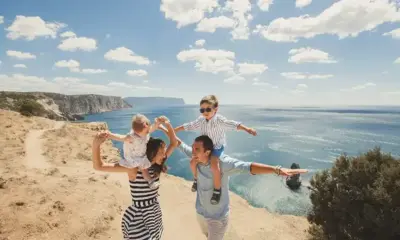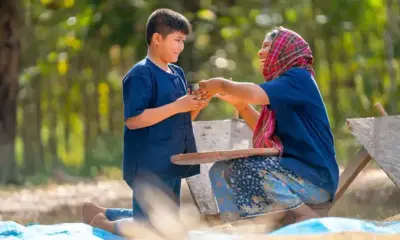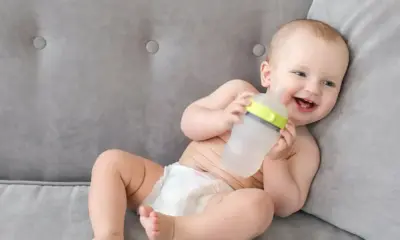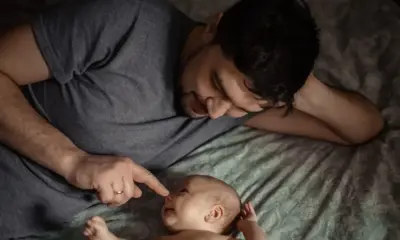Baby Development
When Do Babies Start Waving? Age, Signs, and Tips to Encourage It
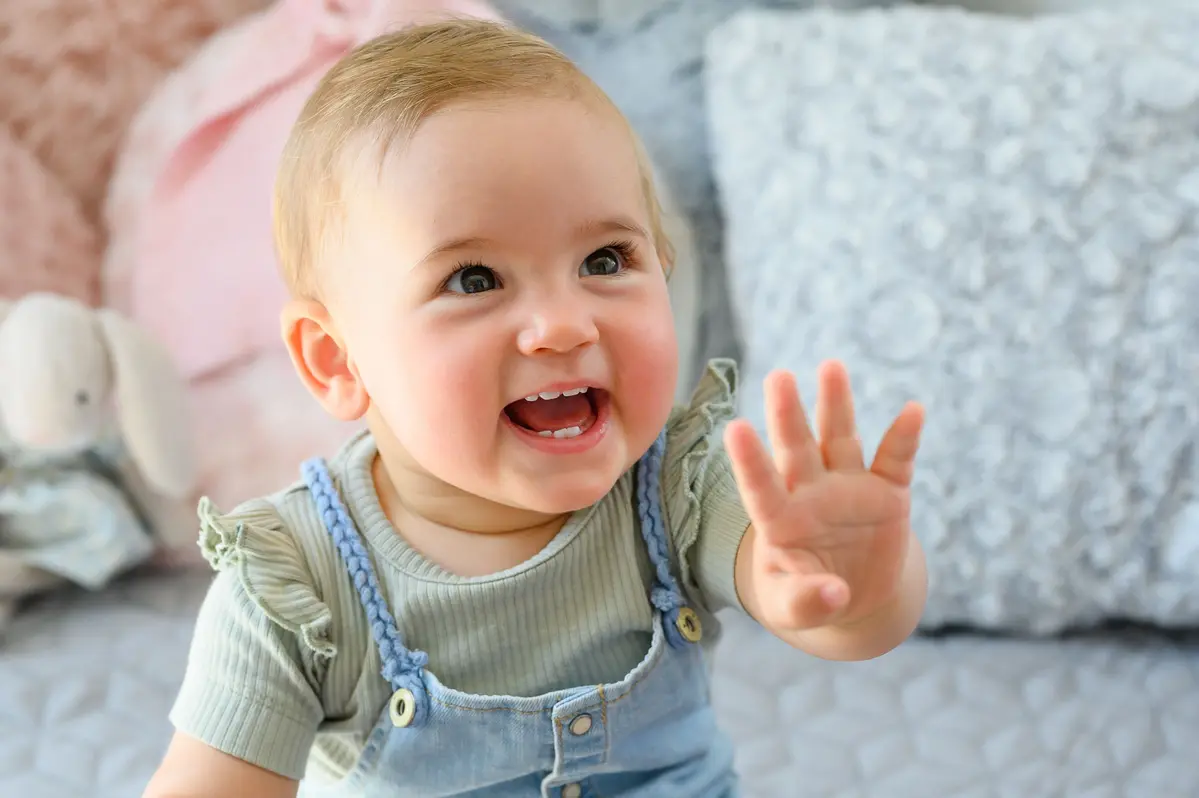
As a parent, witnessing your baby wave back to you is a heartwarming milestone. It’s a delightful way for your little one to communicate non-verbally, using gestures long before they develop verbal language skills. If you’re curious about when babies start waving, this guide will walk you through the typical age, signs that indicate they’re ready to wave, and tips for encouraging this development.
When Do Babies Wave?
Babies usually start waving at around 10 months of age. It’s typically when babies learn to mimic gestures, such as copying hand movements or waving back when you wave at them. However, babies may not fully understand the purpose of waving until they reach their first birthday. It’s not uncommon for a 9-month-old to wave without clear intent, but by their first birthday, they’ll begin waving purposefully as a way to greet or say goodbye to others.
Signs That A Baby Is Ready To Wave
Before your baby starts waving, they will likely exhibit several signs that indicate they are ready for this milestone. Around 9 months, babies begin showing fine motor skills such as:
- Pointing at objects with their fingers
- Copying hand movements or gestures
- Using a pincer grasp to pick up small objects
- Moving objects from one hand to another
These actions signify that your baby is developing the coordination and understanding necessary for waving.
How and When To Encourage Waving
If you want to encourage your baby to wave, consistency is key. Use simple words like “hi”, “bye”, or “bye-bye” every time you wave, as this will help them associate the gesture with specific actions. Singing songs like “My Hands Wave Hello” can make the process fun and memorable. Additionally, using related gestures, like clapping, can help your baby learn to associate hand movements with communication.
What If Your Baby Doesn’t Wave?
If your baby hasn’t started waving by 12 months, there’s no need to panic just yet. Every baby develops at their own pace. However, if your baby does not begin waving by 15 months, it may be worth consulting a pediatrician to ensure their developmental milestones are on track. Pay attention to other signs of delayed development, such as difficulty making eye contact, not responding to their name, or missing other motor milestones.
What Other Milestones Will Your Baby Meet?
In addition to waving, babies typically reach several other milestones around 9-10 months:
- Crawling and pulling up to stand
- Developing a pincer grasp to pick up small objects
- Starting to self-feed small pieces of food
These milestones show that your baby is growing and gaining physical strength and coordination, which will eventually aid in more advanced gestures, like waving.
What Comes After Waving?
Once your baby becomes proficient at waving, expect even more exciting developmental milestones from 12 to 24 months:
- Walking while holding onto objects (cruising)
- Taking steps without support
- Following simple instructions
- Using gestures like shaking their head to say no
These milestones highlight your baby’s growing social and motor skills as they continue to explore the world around them.
Conclusion
Understanding when babies start waving and how to encourage this behavior helps you track your baby’s developmental progress. Waving is more than just a cute gesture; it signals healthy physical and cognitive development. Remember that each baby progresses at their own pace, so don’t be concerned if your little one takes a little longer to start waving. With consistent encouragement and patience, your baby will soon be waving hello and goodbye!

